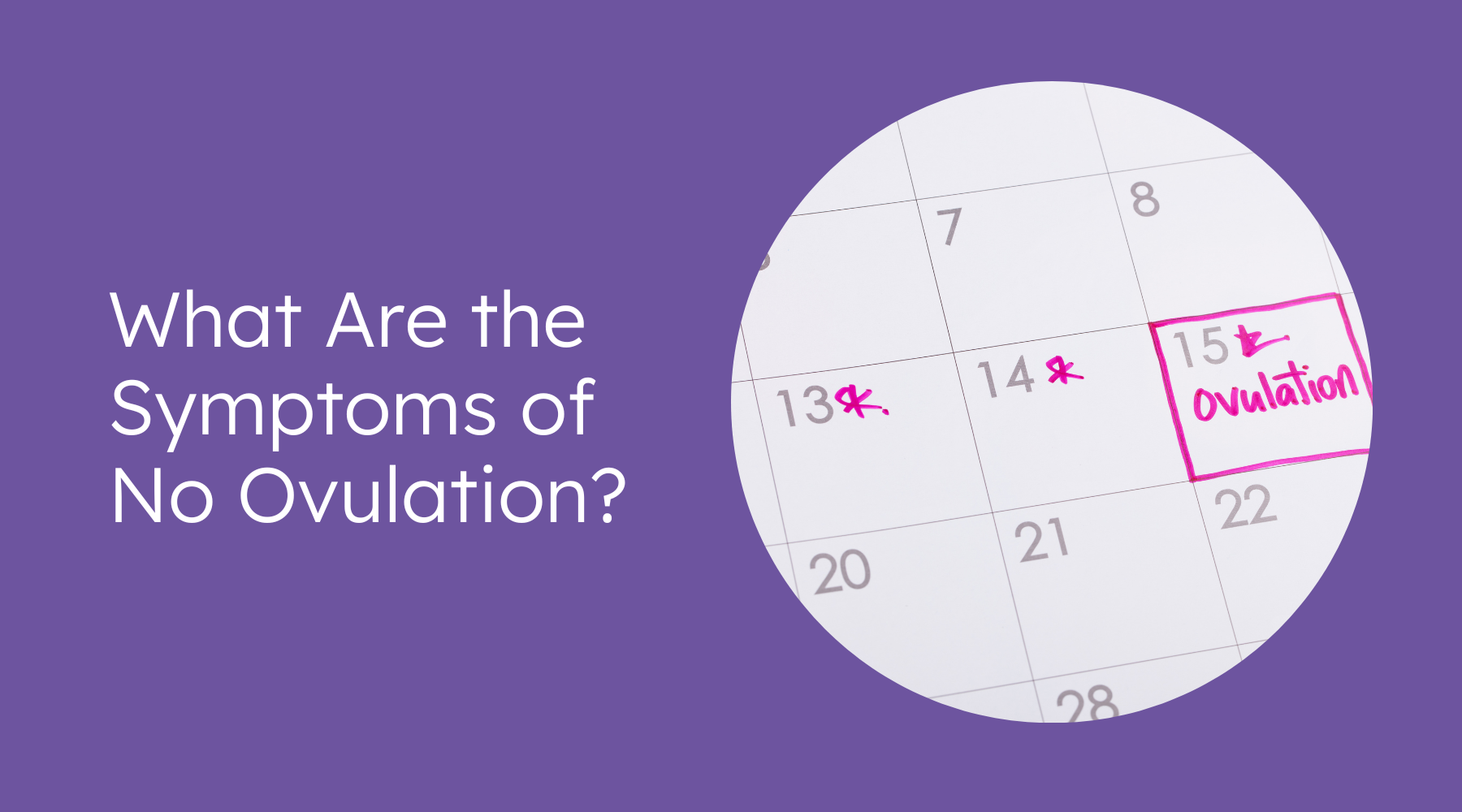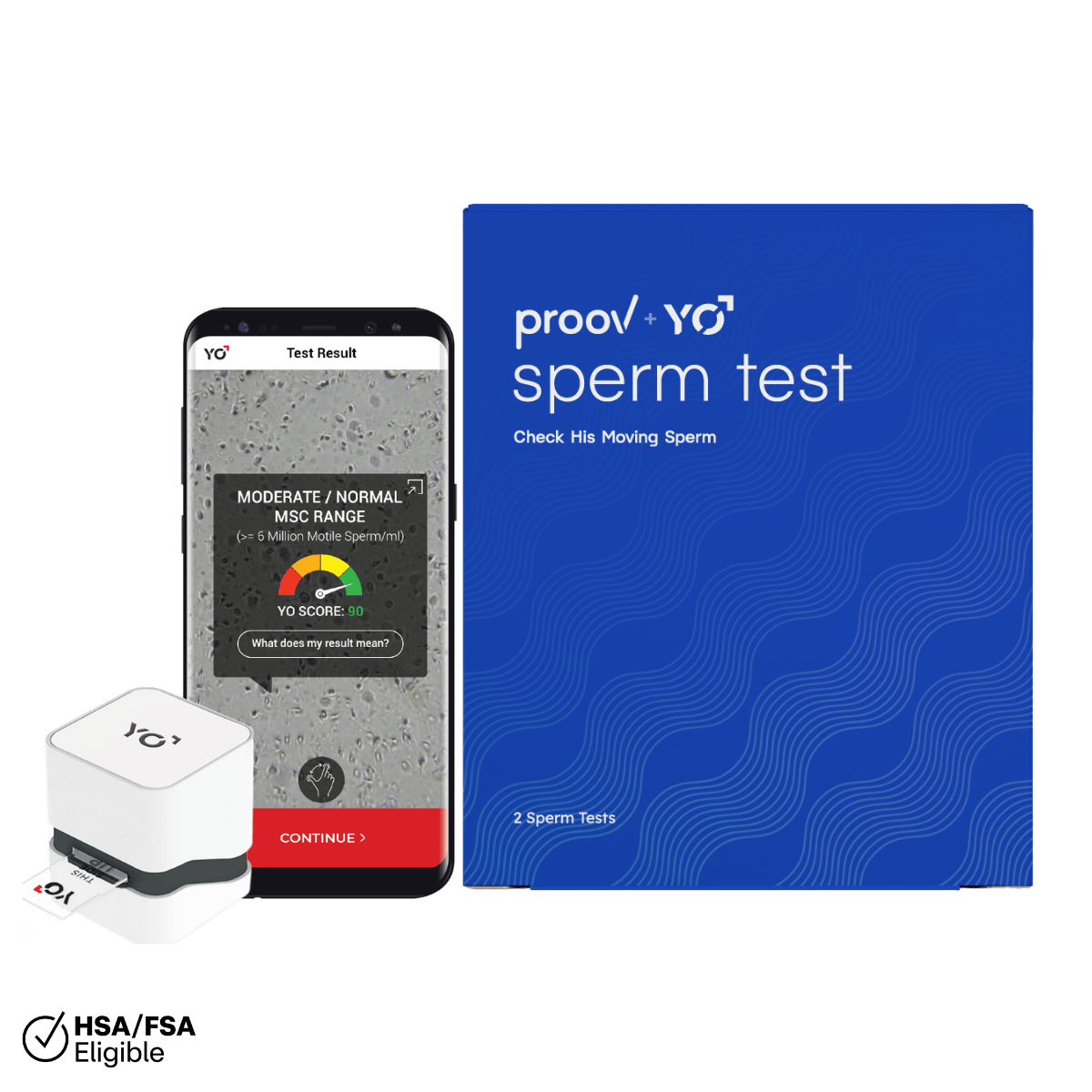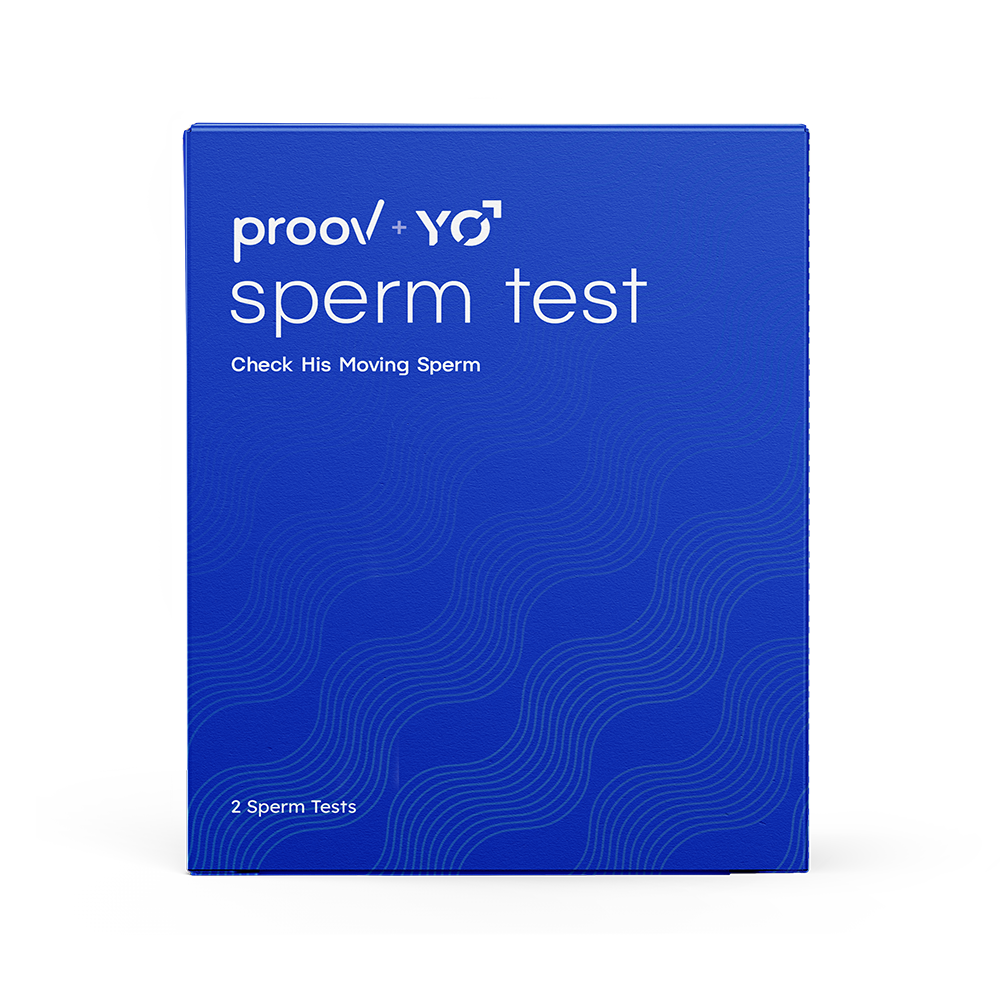What is ovulation and why is it important?
Ovulation is the process in which a mature egg is released from an ovarian follicle, into the fallopian tube. It marks the end of the follicular phase (in which your follicles grow and mature) and the beginning of the luteal phase, which prepares your endometrial lining for possible implantation.
Needless to say, ovulation is critical! After all, without an egg, there is no chance at conception.
Additionally, knowing when ovulation occurs, in order to accurately time intercourse, can help you get pregnant faster. But ovulation is also a great indicator of overall health in women of reproductive age, and a lack of ovulation (also called anovulation) can signal an underlying medical condition.
Explaining No Ovulation (Anovulation)
Anovulation means that there is an issue that prevents the release of the egg from the follicle. In some scenarios, the follicle is still recruited and grows, producing hormones and reproductive changes — it just doesn’t leave the ovary.
In other cases, there are issues with the follicle from the start of the cycle and hormones never seem to rise. Because of these different scenarios behind why ovulation isn’t happening, diagnosing why is critical to effective treatment. Still, the first step is to figure out if you’re ovulating or not!
Infertility in Women
If you are trying to get pregnant, identifying ovulation is especially important. Without ovulation, conception is not possible — the term used for this condition is infertility.
A couple begins discussing infertility after twelve months of trying to conceive without prevention. Some couples are timing intercourse during their window of fertility, while others simply have frequent intercourse. If it’s timed with the window of fertility, then a couple may not need to wait a full twelve months to investigate.
But when it comes to infertility, it’s more of a symptom than a diagnosis! Identifying why pregnancy hasn’t occurred can often reveal a treatment for that issue, and pregnancy becomes possible. For example, anovulation accounts for 30% of infertility symptoms! Finding out how to tell if you are not ovulating and then addressing that issue, may resolve the infertility and allow you to conceive.

What are the signs of no ovulation?
Not Having Periods
Irregular cycles are usually the first of a few no ovulation symptoms. Periods may be non-existent, or they may feel erratic and unpredictable. Still, as much as we hate to say it, even those who think they have regular cycles, may actually be anovulatory. In fact, this accounts for around one-third of clinically normal menstrual cycles. Looking at some of these other symptoms may help you spot if this is the case for you!
No Cervical Mucus
Lack of cervical mucus may also be a sign of anovulation. That’s because cervical mucus is caused by a natural rise in the reproductive hormone estrogen, which leads to ovulation. If estrogen is not rising because you’re not in a pattern of ovulating, your body will not produce the accompanying cervical mucus.
Excessive Bleeding with Periods
Bleeding can give a lot of insight into reproductive health. When the hypothalamic-pituitary-ovarian axis is struggling, it can cause the uterus to bleed. This is especially common at the beginning and end of a woman’s reproductive years (when she first starts menstruating and as she approaches menopause), but can occur at any time in her reproductive years.
Light Bleeding with Periods
If a period never gets heavier than a light flow or spotting, it may not be a period at all. Instead, it could be a case of abnormal uterine bleeding. This abnormal bleeding may occur when you expect your period, which can trick you into thinking you’re having regular cycles. But in reality, it’s more likely to be a reaction to variation in hormone levels. This may be estrogen withdrawal or estrogen breakthrough bleeding, for instance.
Irregular BBT (Basal Body Temperature) or LH Tests
If you are used to tracking your cycle via basal body temperature tracking and you see an irregular body temperature pattern, this may also signify anovulation. If you are using ovulation tests twice a day and still never get positive results, this can indicate that luteinizing hormone (LH) has not surged and you did not ovulate. If you never get a positive LH test, we recommend consulting your doctor.
What causes anovulation & how do I test for it?
Polycystic ovarian syndrome (PCOS) is by far the most common cause of anovulation. PCOS is a common and unfortunately under-diagnosed endocrine dysfunction in women of reproductive age. Its global prevalence is estimated between 6% and 28.5%. The numbers may be far higher though, with the number of undiagnosed women being as high as 75%.
PCOS is a condition characterized by an excess amount of androgens (male sex hormones) that cause a hormone imbalance. This imbalance causes abnormal levels of LH and follicle stimulating hormone (FSH), which can prevent stimulation of a follicle to release an egg (a.k.a. anovulation).
But anovulation may have several other causes, including:
- Extremely high stress levels
- High Prolactin levels
- Abnormally low or high body weight
- Extreme exercise
- Thyroid dysfunction
- Premature ovarian failure
- Perimenopause
Before you can find out if you’ve ovulated, you first need to predict when ovulation is going to occur. The exact ovulation date varies from woman to woman, and can’t be identified ahead of time.
Luckily, there are several methods to identify ovulation, including basal body temperature tracking, cervical mucus monitoring, and ovulation (LH) tests. BBT tracking involves monitoring the slight changes in your body’s lowest resting temperature that occur before and after ovulation. Cervical mucus monitoring consists of observing the changes in cervical mucus consistency during your fertile window.
Ovulation tests, or LH tests, measure luteinizing hormone levels in urine to detect the LH surge that triggers ovulation. These tests remain a reliable method for predicting ovulation, although they may not work for women with PCOS or other hormone imbalances. Some women may have longer surges and get several days of positive tests, while others may have short surges, and might even need to test twice a day to make sure they don’t miss the surge. Some women never get a positive ovulation test, no matter how often they test, and this might be a sign of anovulation. If you never get a positive LH test or an LH surge but no ovulation, we recommend consulting your doctor.

Steps After Testing for Ovulation
If you are tracking your cycle through any of these options and believe you are having anovulatory cycles, the next step is to connect with your doctor to pursue diagnosis. As mentioned, there are many reasons why someone may have an anovulatory cycle or even anovulatory bleeding. By diagnosing exactly why this is happening, you and your medical team can pursue a targeted treatment to help your body ovulate again.













